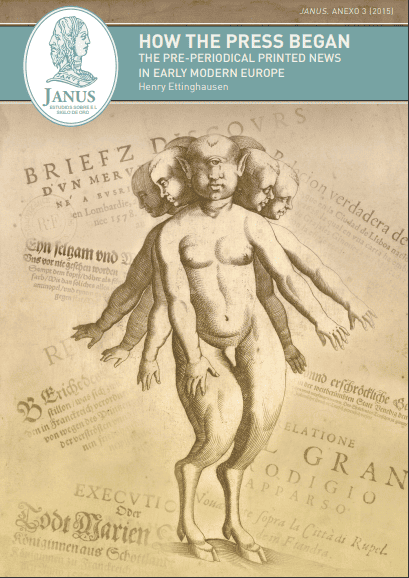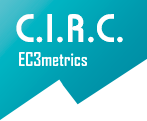How the Press Began. The Pre-Periodical Printed News in Early Modern Europe
DOI:
https://doi.org/10.17979/janus.2015.Anexo3.11458Palabras clave:
relaciones noticieras, relaciones de sucesos, pliegos sueltos, gacetas, imprenta siglos XVI y XVIIResumen
This is the first attempt at tackling the beginnings of the press (from 1470 to 1620) on a European scale, taking in, in particular, the pre-periodical press in England, France, Germany, Italy and Spain. It shows that, almost from the beginning, the concept of the kinds of event that could constitute news was remarkably international, and it demonstrates that news was an international commodity, that it was routinely translated and republished, and that, practically from the start, the very same news stories could appear in print in as many as half a dozen countries. The book incorporates a large number of reproductions of the front pages of news pamphlets and of broadsides that indicate the range, the bias and the impact of the news that they announce, most of them including woodcut illustrations depicting such events as battles, storms, crimes, executions, earthquakes, volcanic eruptions, comets and multifarious monsters. The number of illustrations reproduced will depend on the criteria of the publisher. The book will be somewhere between 250 and 350 pages long.
Descargas

Archivos adicionales
Publicado
Número
Sección
Licencia
Derechos de autor 2024 Janus. Estudios sobre el Siglo de Oro

Esta obra está bajo una licencia internacional Creative Commons Atribución-NoComercial-SinDerivadas 4.0.















